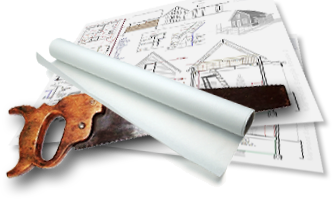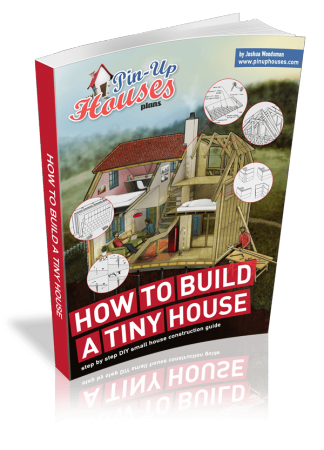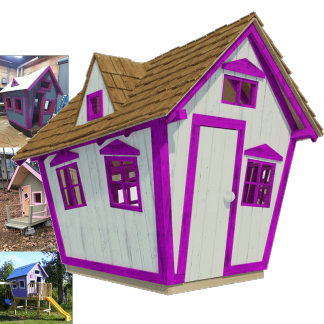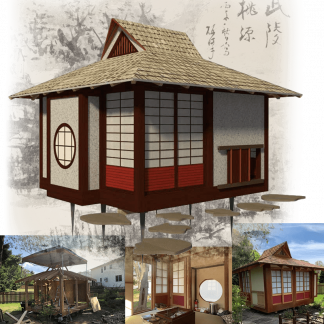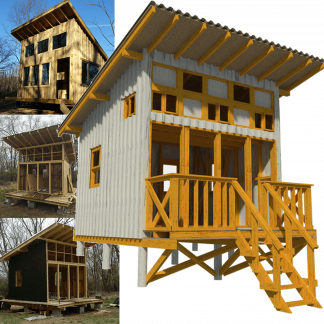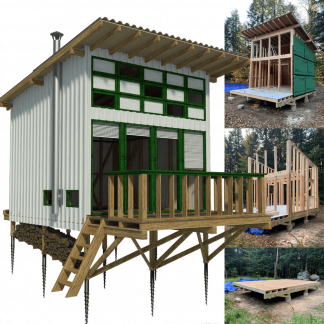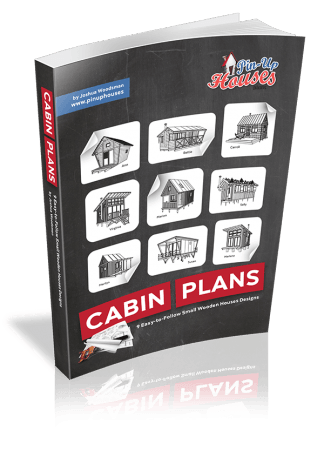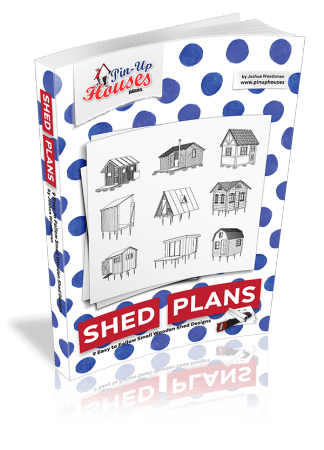
Cabin bedrooms evoke a sense of rustic charm and relaxation, but their unique environment demands careful consideration when selecting a mattress. Unlike standard bedrooms, cabins often face distinct challenges: dramatic temperature swings, limited space, and exposure to varying humidity levels. A poorly chosen mattress can not only disrupt your wilderness retreat but also compromise the quality of your rest.
According to the National Sleep Foundation, 93% of people believe that having a comfortable mattress is essential for good sleep quality. For cabin owners, this choice becomes even more crucial, given the specific demands of a seasonal or weekend retreat.
Ready to go mattress shopping? Read on and explore how to select a mattress that harmonizes with both your cabin’s rustic appeal and your need for restorative sleep.
Understand the Cabin Bedroom’s Unique Needs
Cabin bedrooms aren’t your average sleeping quarters. They’re often smaller, with lower ceilings and limited climate control, which means everyday bedding solutions might not cut it. Seasonal temperature swings, for example, make insulation and breathability top priorities—many cabin owners focus on materials that adapt to both chilly nights and humid summer evenings.
Space is another critical factor. A mattress that’s too large can overwhelm the room, while one that’s too small leaves awkward gaps. Always measure the bed frame and floor area first, paying attention to doorways or staircases if you’re hauling the mattress upstairs.
Once you’ve got the measurements, you can explore options tailored to smaller spaces. You can find mattresses here that specialize in compact designs without sacrificing comfort. Prioritize snug fits and proportional heights to maintain the cabin’s cozy, uncluttered vibe.

Prioritize Mattress Size and Proportion
Before selecting a mattress for a cabin bedroom, you must check mattress sizes first to ensure optimal space utilization.
Cabin bedrooms typically accommodate twin, full, or queen-size beds, with the king-size mattress reserved for unusually spacious rooms. A queen mattress suits most adult sleepers without dominating the room, while twin or full sizes are better for children’s cabins or guest rooms.
Consider mattress thickness as well: thicker models (12–14 inches) offer plush comfort but may overwhelm low-ceilinged spaces, whereas slim profiles (8–10 inches) maintain a streamlined, proportional look.
Evaluate Mattress Materials for Comfort and Durability
Choosing the right mattress material for your cabin is crucial since each type offers distinct benefits for different needs and environments. Innerspring mattresses use a network of coils that promote airflow, making them excellent for warmer cabins and summer homes. They’re typically budget-friendly and feel familiar to most sleepers, offering that classic motion transfer and bouncy support many have grown up with.
Memory foam brings a different kind of comfort, molding to your body’s shape to ease pressure on joints and muscles, though it can retain heat in cabins without climate control. For alternatives that better suit varying cabin conditions, consider latex mattresses, which naturally resist mold and mildew while staying cool, or hybrid mattresses that combine innerspring bases with foam layers for balanced comfort and airflow.
Assess Firmness Levels Based on Sleep Position
Your preferred sleep position determines the ideal firmness of your mattress. According to research, approximately 54.1% of adults primarily sleep on their sides, making it the most common sleep position. Side sleepers typically need softer mattresses (4-6 on the standard firmness scale) to properly cushion their hips and shoulders while maintaining proper alignment.
For back (17.33%) and stomach sleepers (13.67%), who make up about 31% of adults combined, medium-firm to firmer mattresses (6-8 on the firmness scale) provide the necessary support to keep the spine properly aligned. This prevents the hips from sinking too deeply into the mattress, which can lead to lower back strain. For couples with different sleep preferences or body weights, a medium-firm mattress often serves as an effective compromise.
Consider Temperature Regulation Features
For cabin spaces in colder regions, look for mattresses with heat-retaining properties like dense foam layers or plush pillow tops that help keep you cozy during chilly nights. Wool-blend covers can add extra warmth while naturally wicking away moisture—a perfect combination for those crisp mountain evenings.
In warmer or humid locations, focus on mattresses designed for breathability and cooling. Materials like innersprings with minimal foam, ventilated latex, or cooling gel-infused layers help prevent overheating and night sweats. This is especially important for hot sleepers or those who experience temperature fluctuations throughout the year.
Watch out for traditional memory foam options—they tend to trap body heat in summer and can become uncomfortably stiff in winter, which isn’t ideal for cabins that experience temperature fluctuations throughout the year.
Balance Budget With Long-Term Value
A quality mattress represents a significant investment, with prices typically ranging from USD$500 to around USD$2,050. Ideally, the average mattress should be replaced every seven years to maintain optimal support and comfort. While it might be tempting to choose the most affordable option for a cabin, remember that a good mattress directly impacts your retreat experience and overall well-being.
When balancing cost with quality, focus on finding a mattress that offers the best value for your specific needs. Look for options that include sleep trial periods and comprehensive warranties—these features often indicate the manufacturer’s confidence in their product.
Many mid-range mattress types now offer the same durability and comfort features as their more expensive counterparts, making it possible to find a high-quality option within your price range.
Key Takeaway
Selecting the perfect mattress for a cabin bedroom involves balancing practicality with comfort and personal preference. Focus on size constraints, material durability, temperature needs, and budget while keeping the room’s rustic charm intact. Remember that the right choice transforms your cabin into a sanctuary. Sweet dreams await when every detail aligns with the quiet, rugged beauty of your retreat.

